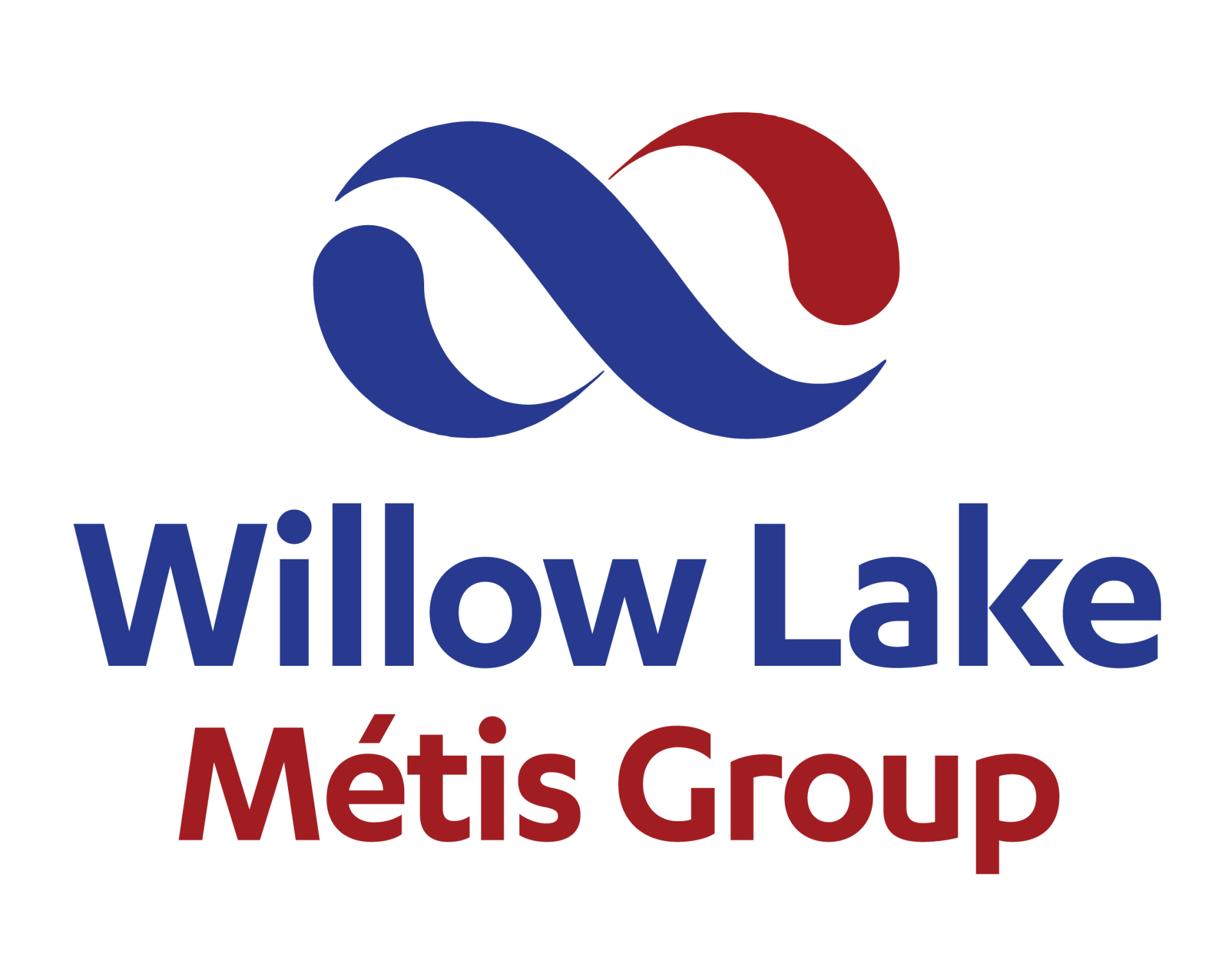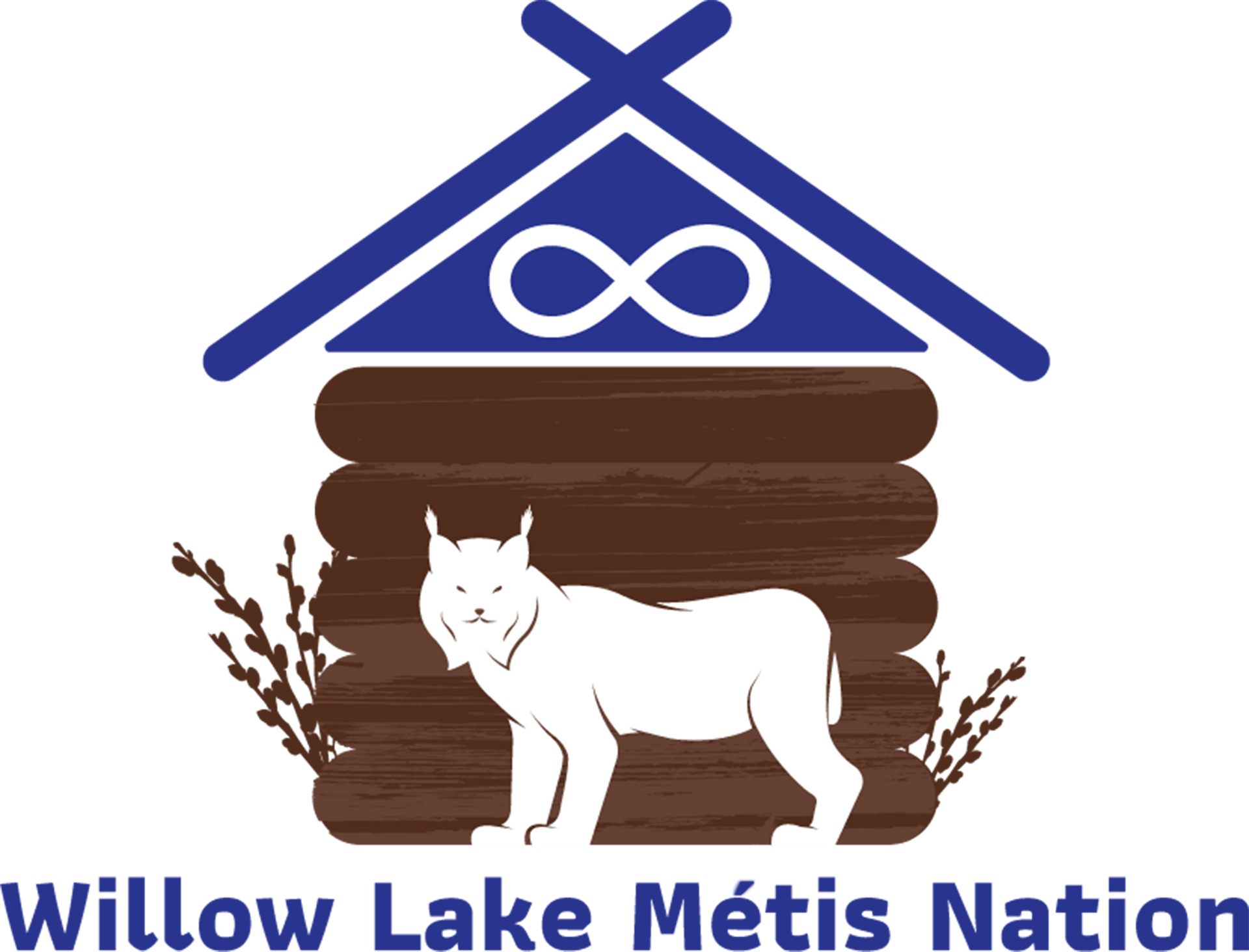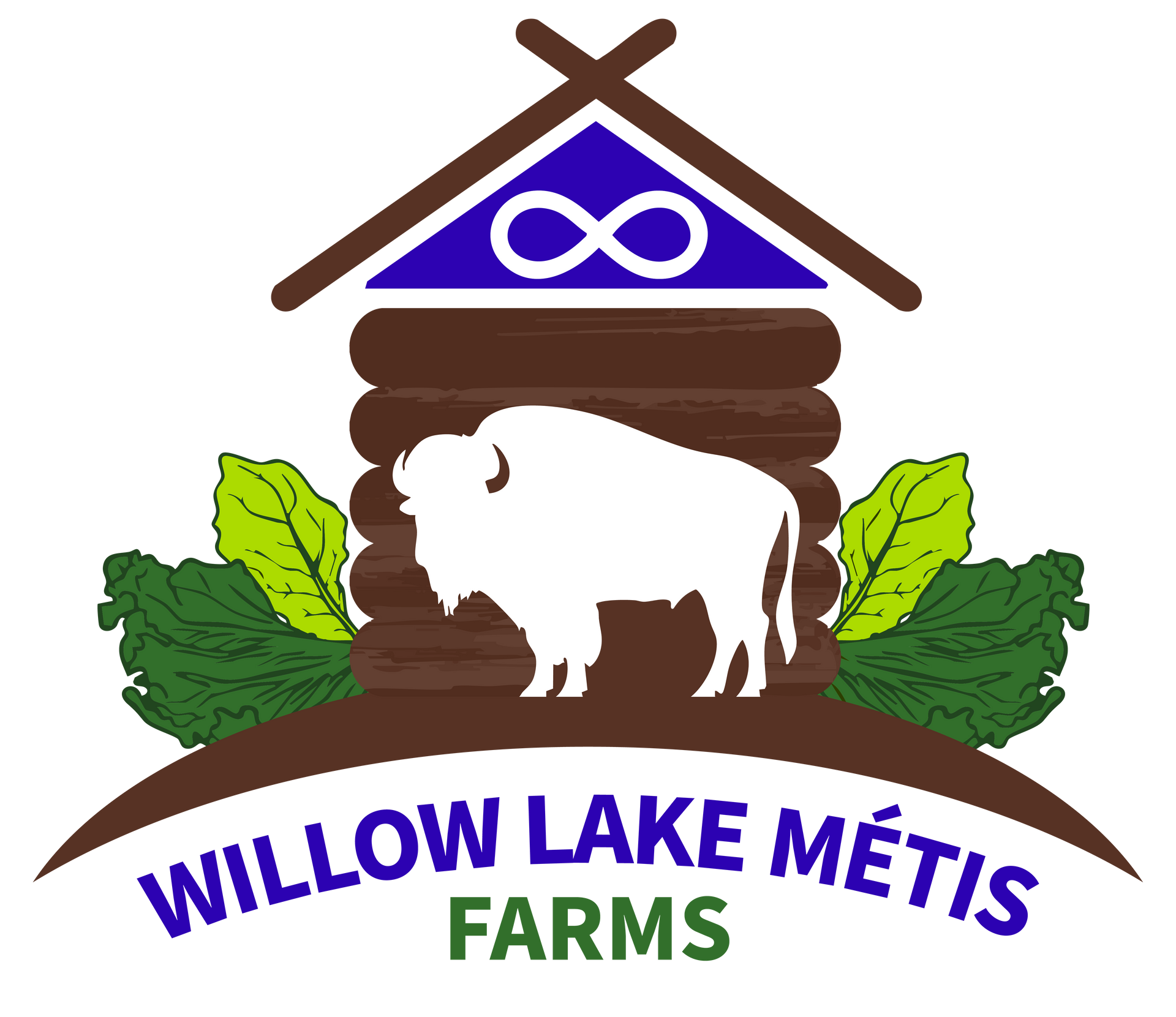Our History
Willow Lake Métis Nation
Willow Lake Métis Nation (WLMN) are a Métis community whose Citizens now mostly reside in the community of Anzac, Alberta. WLMN’s roots lie in the history of the fur trade in Alberta and the economic and political circumstances that evolved during and after the fur trade.
The historical Willow Lake community was close to trade and travel routes that connected Fort McMurray and Willow Lake to Lac La Loche to the east, to Fort Chipewyan to the north, and to Lac La Biche to the south. Willow Lake Métis people lived on and derived their livelihood from the lands between these locations through much of the later fur trade period, and WLMN people continue to use these lands to exercise their Indigenous rights, sustain their culture and identity as Métis people, support their community, and pass their knowledge and way of life on to their descendants.




